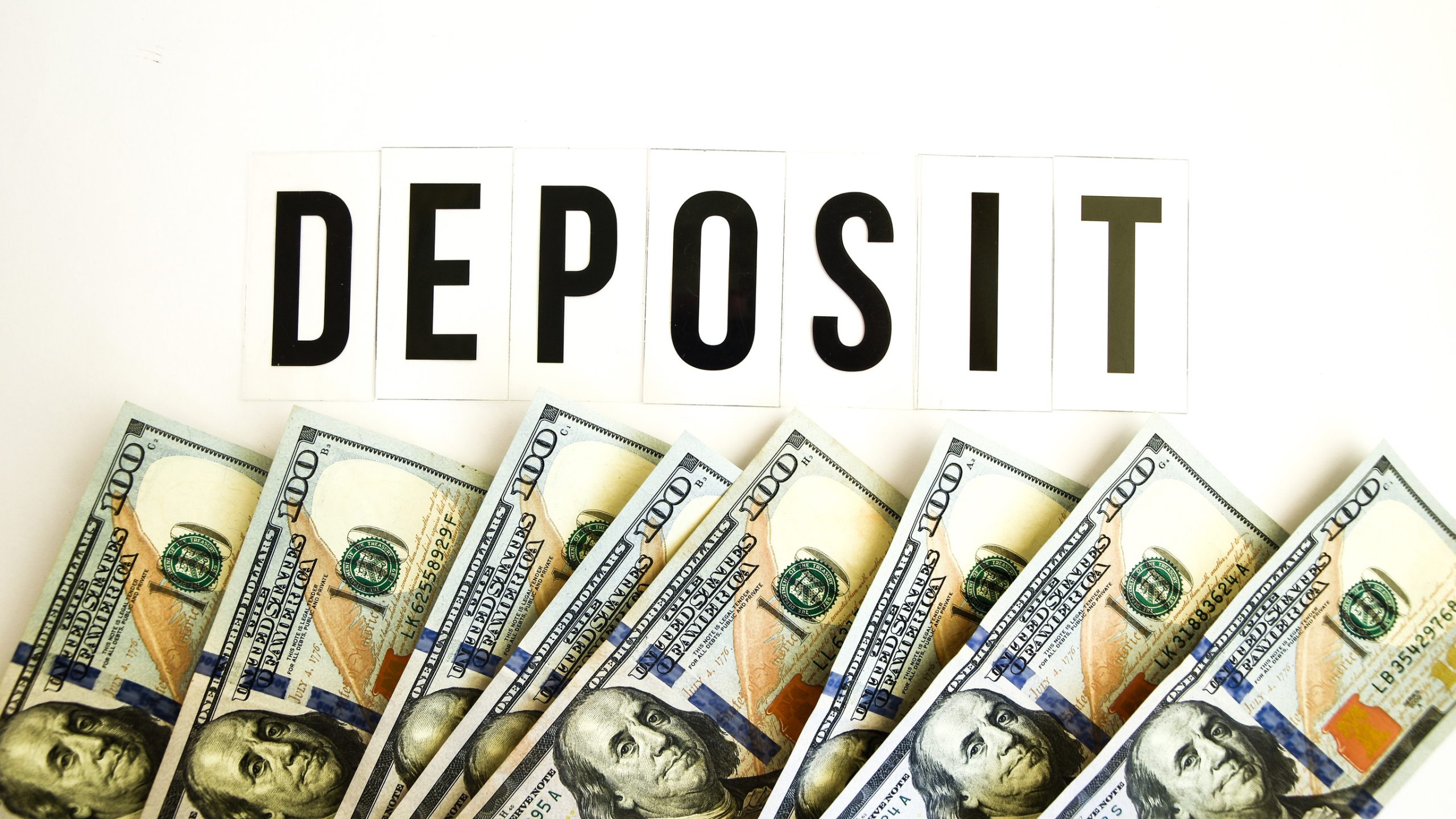Renting can feel like a balancing act—finding the right place, paying rent on time, and trying not to break anything. But there’s one big moment of truth at the end: will the security deposit come back, or will it vanish into thin air? For many tenants, the answer is disappointing, and it often feels like landlords have a secret playbook.
These traps aren’t just annoying; they’re costly, and most renters don’t even realize what hit them. Knowing the most common tricks is the best way to walk away with your money intact.
1. Charging for “Normal Wear and Tear”
Landlords often blur the line between actual damage and the everyday signs of living. A small nail hole from hanging a picture or a little carpet flattening isn’t destruction—it’s life happening. But some landlords slap tenants with repair bills as if the unit should look brand new forever.
The phrase “normal wear and tear” is vague, and that vagueness can be twisted against renters. Knowing the difference and documenting the condition of the unit before moving in can block this trap.
2. Inflated Cleaning Fees
Cleaning charges are one of the sneakiest ways to drain a deposit. Even tenants who scrub their place spotless can be billed for “professional cleaning” at inflated prices. Sometimes the landlord’s version of clean means hiring a service for hundreds of dollars, no matter how tidy the place already is. This tactic is tough to fight if there are no before-and-after photos. A quick video walk-through before handing over the keys can shut down inflated cleaning claims.
3. Mystery Repair Costs
It’s not unusual for landlords to tack on vague charges like “maintenance” or “repairs” without showing proof. A cracked tile or loose door handle might get billed at premium contractor prices. Worse, tenants often don’t see invoices, just a vague deduction on the deposit return statement. Without receipts, there’s no guarantee the work even happened. Always request documentation of any repairs tied to the deposit.
4. Carpet Replacement Scams
Carpets wear down—it’s what they do. Yet some landlords treat a slightly worn or faded carpet as grounds for charging tenants thousands for full replacement. The truth is carpets have a set lifespan, and tenants can’t be expected to replace them every few years.
If the carpet was already old, tenants may be unfairly covering the cost of a new one. Documenting the age and condition of flooring during move-in can stop this trick cold.
5. Overblown Paint Charges
Tiny scuffs or faded walls often turn into exaggerated painting bills. Some landlords try to pass off the cost of repainting the entire apartment on a tenant, even if the walls just need touch-ups. Paint, like carpet, has a reasonable life span before it’s due for a refresh anyway. Charging tenants to cover a landlord’s routine upkeep crosses the line. A dated move-in inspection with photos makes it harder for landlords to claim the damage.
6. Withholding for Broken Appliances
Appliances are another hot spot where deposits disappear. Landlords sometimes blame tenants for normal breakdowns, like a fridge that stops cooling after a decade of use. Tenants get billed as if they personally wrecked the machine. The truth is, appliances eventually fail on their own, and landlords are responsible for replacing them. Knowing the expected lifespan of appliances helps tenants push back against these charges.
7. Landscaping and Outdoor Fees
Outdoor spaces can become a hidden money drain. Some landlords tack on charges for weeds, overgrown grass, or untrimmed hedges, even when lawn care wasn’t in the lease. It’s an easy excuse to shave dollars off the security deposit. If yard care is supposed to be the tenant’s responsibility, it must be clearly stated in writing. Otherwise, outdoor maintenance fees are often just another trap.
8. Unauthorized “Improvement” Deductions
Sometimes landlords try to charge tenants for upgrades disguised as repairs. Swapping out an old countertop or replacing outdated fixtures may be framed as tenant damage, when really it’s just modernization. The tenant’s deposit ends up funding improvements that raise the property’s value. This trick is frustrating because it feels like paying for someone else’s investment. Carefully comparing move-in and move-out conditions makes it easier to challenge these unfair deductions.
9. Delaying or Dodging the Refund
Even when no real damage exists, landlords sometimes hold onto deposits for as long as possible. They may drag their feet, hoping tenants won’t push back or even forget about the money. Some tenants end up chasing their refund for months. Every state has laws about how quickly deposits must be returned, but many renters don’t know them. Understanding the timeline and sending a formal written demand can keep the landlord from stalling.
Keep Your Money Safe
Security deposits are supposed to be protection against real damage, not a bonus paycheck for landlords. These traps thrive on vague lease language, lack of documentation, and tenants not knowing their rights. The best defense is careful move-in inspections, saving every receipt, and taking photos of the property before leaving. When tenants know the tricks, landlords lose their easiest excuses.
What do you think—have you run into these traps before? Drop your experience in the comments.
You May Also Like…
- Why Do Apartment Complexes Add “Convenience Fees” to Rent Payments?
- 6 Rental Add-Ons That Let Landlords Spy on Your Usage Patterns
- Why Some Landlords Are Now Tracking Water Usage to Spot Lease Violations
- Fraud Rings Are Targeting Apartment Lease Transfers
- Why Roommate Contracts Are Being Disputed in Record Numbers


